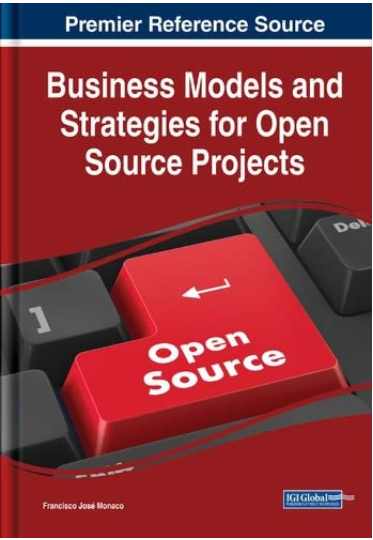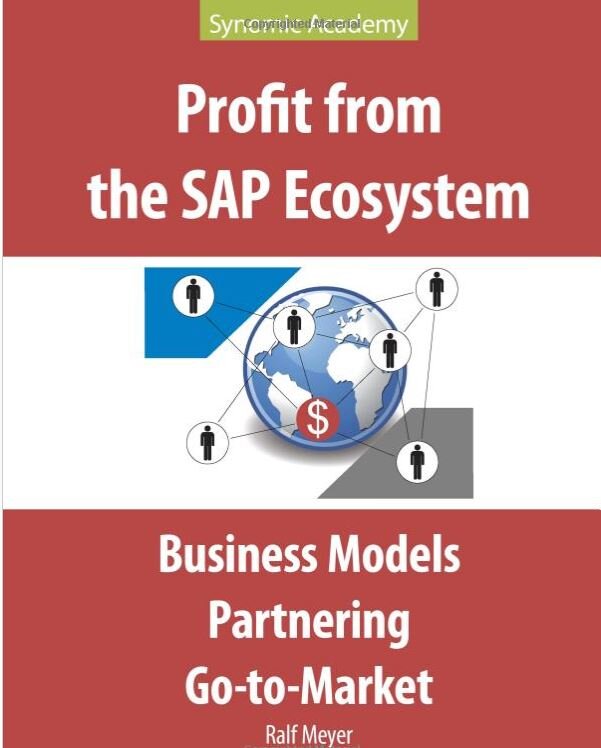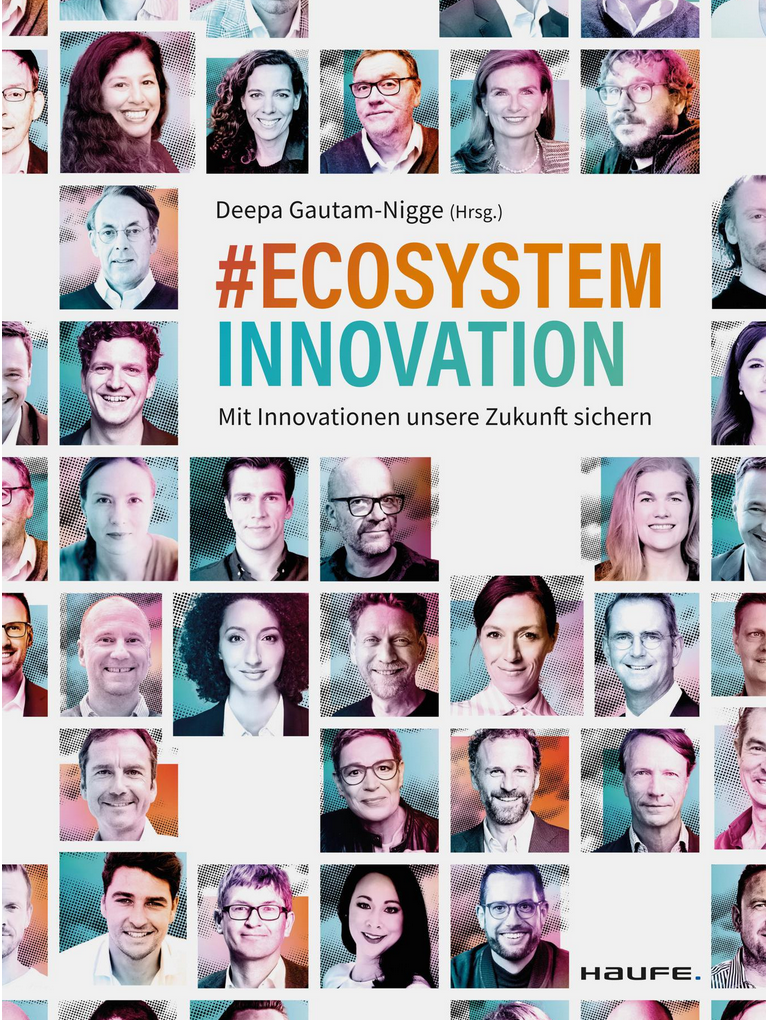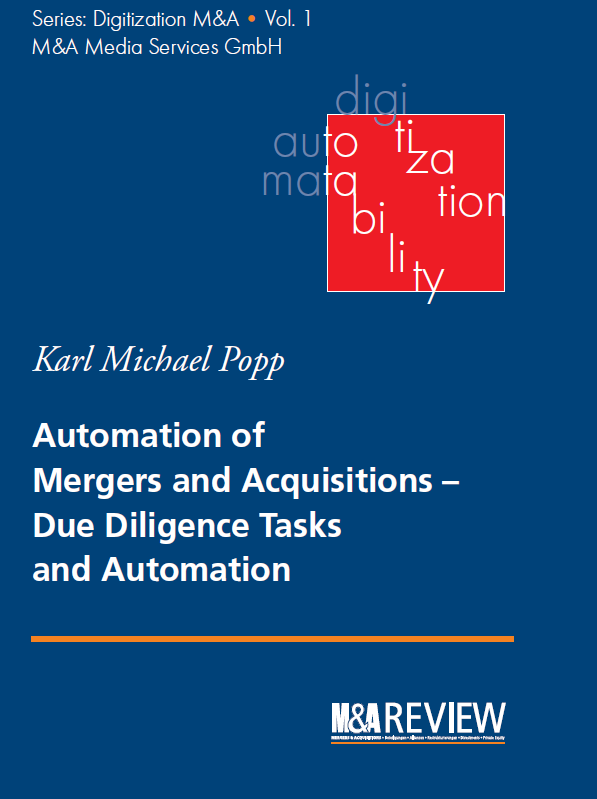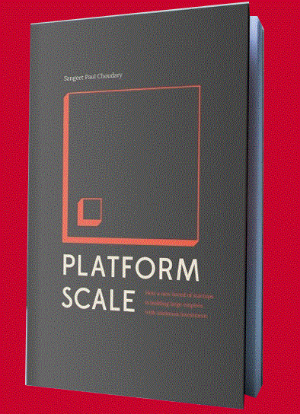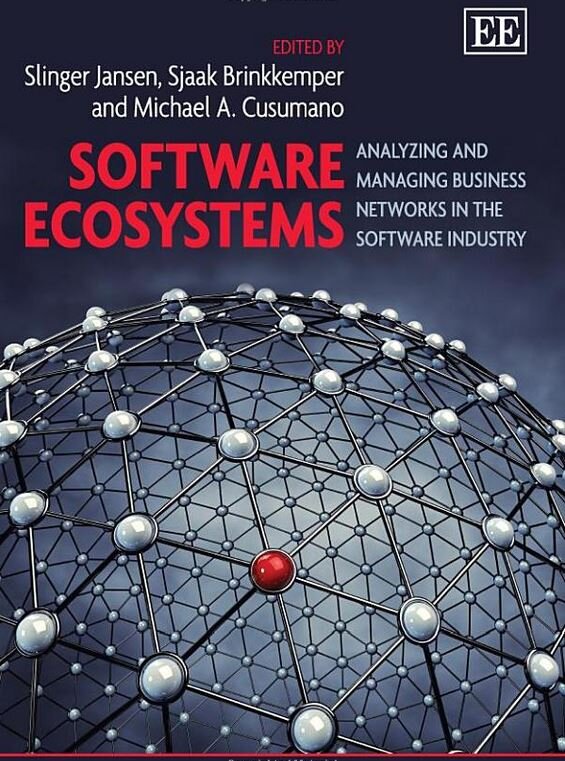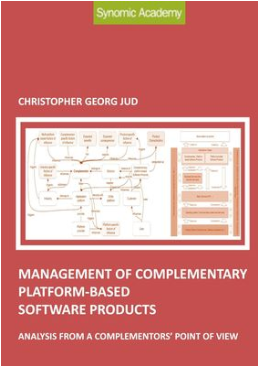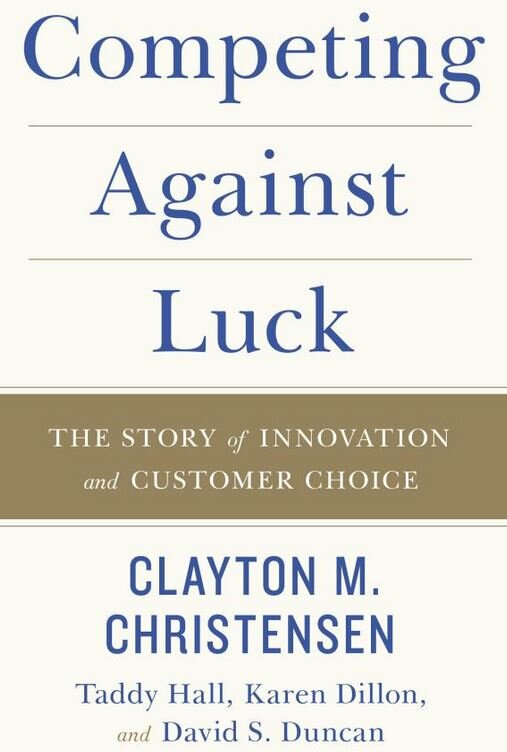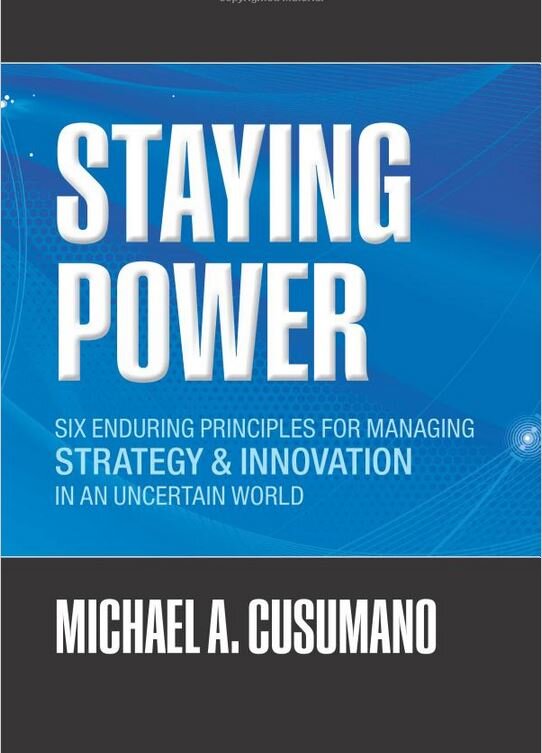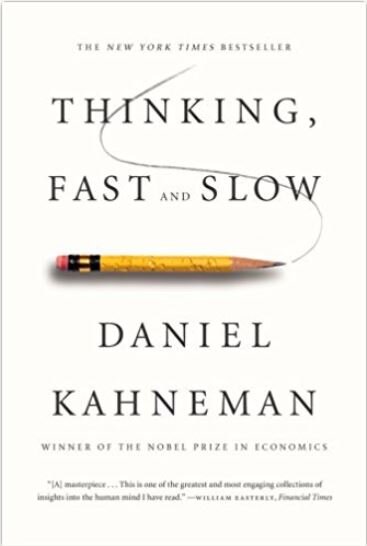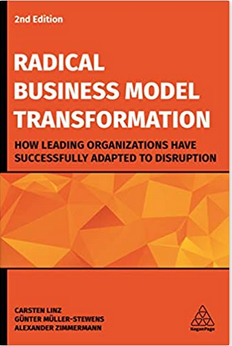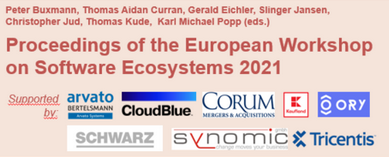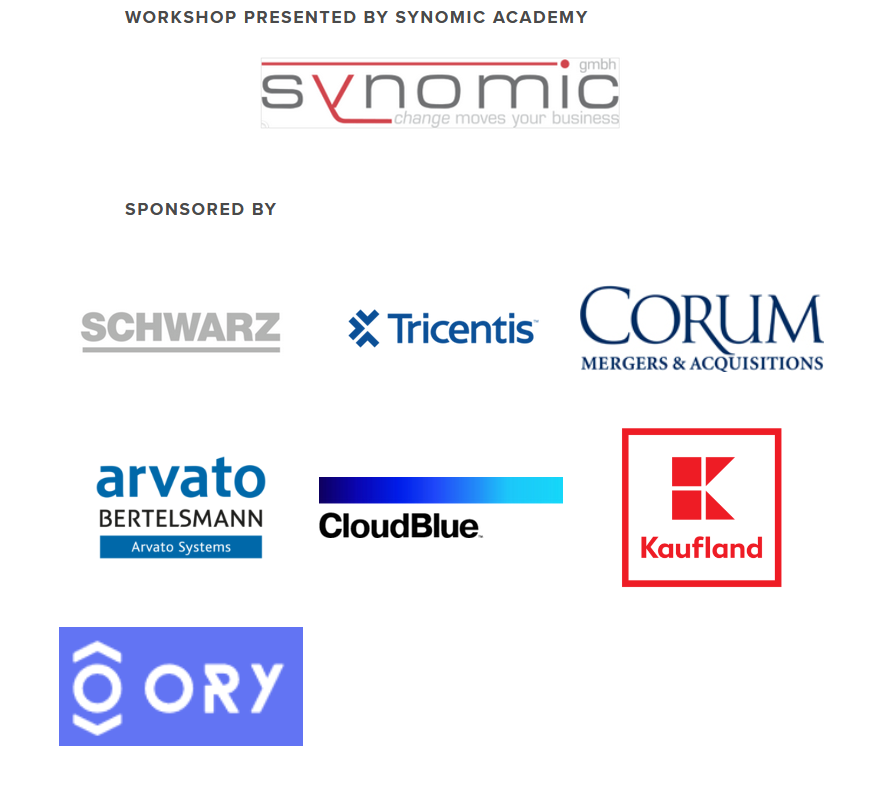
NEWS
Five sights to see when you come to EWSECO 2024 in Bamberg
As you wander through the picturesque streets of Bamberg, Germany, you will be treated to a wealth of historical and cultural sights that are sure to captivate you. Here are five must-see attractions that should be on any visitor’s itinerary when exploring this charming city.
1. Bamberg Cathedral: This stunning masterpiece of Romanesque architecture is a UNESCO World Heritage site, adorned with intricate carvings and magnificent religious art. Take the time to marvel at its awe-inspiring interior and climb the tower for breathtaking panoramic views of the city.
2. Altes Rathaus (Old Town Hall): Perched on an artificial island in the middle of the Regnitz River, the Old Town Hall is a unique and iconic symbol of Bamberg. With its half-timbered façade and stunning frescoes, this architectural gem is not to be missed.
3. Little Venice: Take a leisurely stroll along the picturesque fisherman’s houses lining the banks of the River Regnitz in the Little Venice district. This idyllic setting provides a perfect backdrop for a relaxing afternoon of sightseeing and photography.
4. Michaelsberg Abbey: This former monastery, perched atop a hill overlooking the city, offers a fascinating glimpse into Bamberg’s rich religious history. The abbey also houses a beer garden where you can unwind and savor the panoramic vistas while enjoying a refreshing drink.
5. Schlenkerla Brewery: No visit to Bamberg would be complete without sampling the city’s renowned Rauchbier (smoked beer) at the historic Schlenkerla Brewery. Immerse yourself in the cozy atmosphere of this traditional tavern and savor the distinctive flavors of this local specialty.
Whether you are drawn to Bamberg by its rich history, stunning architecture, or vibrant culture, these five sights promise to leave an indelible impression on anyone who has the pleasure of exploring this gem of a city in Germany.
Like the topic? Participate in our workshop tickets here
More details and background information can be found in these books:
Current hot research topics in software ecosystems and platforms
In the current landscape of research concerning software ecosystems and platforms, there is a notable surge in interest towards various trending subjects.
A significant focal point revolves around the evolution and dynamics of software ecosystems, investigating the progression of these intricate systems comprising interdependent software elements and entities over time. Scholars are immersing themselves in the underlying mechanisms steering ecosystem development, including platform governance, ecosystem configuration, and the involvement of key stakeholders. Another pivotal subject entails platform ecosystems and their influence on innovation and competitive dynamics. Academics are scrutinizing how the dynamics of platforms impact strategies for innovation, competitive interactions, and the generation of value within ecosystems.
Grasping the interconnectedness among platform governance, ecosystem structure, and innovation is paramount for organizations aiming to excel in digital markets. Moreover, the advent of novel technologies like blockchain, artificial intelligence, and the Internet of Things is reshaping software ecosystems and platforms. Researchers are probing into how these technologies disrupt conventional ecosystems, forge fresh avenues for collaboration, and affect ecosystem governance and sustainability.
Furthermore, the ascent of open-source software and collaborative development models is reshaping the terrain of software ecosystems. Investigations are analyzing the ramifications of open-source communities, decentralized development processes, and the contribution of participants in shaping ecosystem dynamics and platform advancement.
On the whole, the realm of research on software ecosystems and platforms is dynamic and interdisciplinary, encompassing realms such as network theory, innovation management, digital platforms, and software engineering. By tackling these trending subjects, researchers aspire to offer insights that can aid organizations in navigating the intricacies of contemporary software ecosystems and harnessing platforms for sustainable expansion and innovation.
Like the topic? Participate in our workshop tickets here
More details and background information can be found in these books:
Google business models and revenue sources #ewseco
Google functions under diverse business models and revenue streams. Presented here are five illustrations:
1. The primary source of revenue for Google is the advertising displayed on its search engine and various platforms such as YouTube. In 2020, Google's advertising revenue reached approximately $147 billion, making a substantial contribution to its profits.
2. Cloud Services: Google Cloud provides cloud computing services to enterprises, generating revenue through subscription-based frameworks. The revenue from Google Cloud in 2020 was about $13 billion, displaying an increasing impact on profits.
3. Sales of Hardware: Google markets hardware items like Pixel smartphones, Nest smart home gadgets, and Chromecast. The revenue from hardware sales in 2020 was about $10 billion, with profit margins varying among product categories.
4. Play Store: Google gains revenue from the Play Store by receiving a share of app sales and in-app transactions. The revenue from the Play Store in 2020 was estimated at $10 billion, with substantial profit margins attributed to the digital essence of the platform.
5. Licensing and Other Services: Google also derives revenue through licensing contracts, collaborations, and other services such as Google Workspace (previously known as G Suite). These services collectively contribute to Google's overall revenue and profits.
Like the topic? Participate in our workshop tickets here
More details and background information can be found in these books:
Software strategy selection: is build, buy, partner sufficient or do we have to add open source to the game?
Strategy selection
The best innovation and growth strategy is to combine organic and inorganic growth. SAP has successfully applied organic innovation and growth resulting e.g. in SAP HANA, SAP S/4 HANA as well as inorganic innovation and growth via acquisitions like Qualtrics and Calliduscloud.
Build, buy, partner
For me, the most important distinction between build or buy is the window of opportunity that you have. In technology markets, there are frequent changes of market direction. If you’re lucky, you had started your solution in time to build something that is en vogue right now. But if you’re not lucky, you need to acquire capabilities that the market needs today. But is this the only option you have?
Opportunity and risk in building and acquiring solutions
To be frank, with the current state of technology due diligence on to be acquired companies there is no difference in risk to build or to buy. When building products, you trust your developers to build something great. The a priori likelihood of success is 50%. Same likelihood applies for acquiring technology. In addition, acquired technology exists, has customers, success and failure history. So, what is the impact of this statement on build decisions?
Build decisions
Build decisions are made based on anticipated market trends. So don´t be suprised when you find out that you made the wrong decision. It is perfectly natural to take wrong decisions. But how can you fix such a wrong decision? I have two proposals: The first one is to start massive marketing to convince customers and markets that what you built is the right thing. Tough. The second option is to buy your way into front and center of the market. What are these the only options you have?
Outsource your worries
What we need to look at is in another alternative. You could leverage an existing open source solution with a license that permits commercial use to jumpstart your building efforts. And you build differentiating, proprietary technology on top.
If the open source community behind that solution is being active enough, you will save massive effort for support and maintenance of the solution.
It also makes financial and strategic sense to spend your money wisely on functionality where you can differentiate your offering from the competitors’ offerings.
Like the topic? Participate in our workshop tickets here
Why don´t you choose one of the following topics to continue:
You need to know about Platforms, the API economy, software ecosystems.
Platforms, the API economy, software ecosystems. The European Workshop on Software Ecosystems taking place in beautiful Bamberg, Germany on Nov 27 24 has it all
Here are five reasons to join.
Reason 1: The keynotes
Reason 2: Get the latest on the API economy.
We cover API management, launching platforms based on APIs, ways to grow your existing business with APIs as well as management of companies using the APIs.
Reason 3: Get the latest on creating and scaling business networks.
From the keynotes of Schwarz Group on retail, Ory and CloudBlue in software to academic presentations showing key properties of business networks in B2B markets and how to engage complementors on platforms.
Reason 4: Learn about growth opportunities for your company and for startups
We have it all, from M&A growth to growing software companies based on commercial as well as open-source business models. And we cover startup ecosystems, too.
Reason 5: See and discuss with key influencers in this space
TICKET SALES
Click HERE to buy tickets
The top 5 global companies with aggregator business models
The European Workshop on Software Ecosystems is an annual event which connects top notch researchers and business professionals in the field of software and platform ecosystems as well as business networks. Here is an example of a topic we will discuss at the event.
The top 5 global companies with aggregator business models, revenue, and growth rate in the last 5 years are:
1. Amazon - Revenue: $386 billion (2020), Growth Rate: 21% (2020-2024).
2. Uber - Revenue: $14.1 billion (2020), Growth Rate: 25% (2020-2024).
3. Airbnb - Revenue: $3.4 billion (2020), Growth Rate: 30% (2020-2024).
4. Booking.com - Revenue: $15.1 billion (2020), Growth Rate: 18% (2020-2024).
5. Expedia - Revenue: $11.7 billion (2020), Growth Rate: 15% (2020-2024).
Like the topic? Participate in our workshop tickets here
More details and background information can be found in these books:
How can you foster innovation in software ecosystems: six examples
Innovation lies at the core of every thriving software ecosystem. Presented here are six instances of how one can cultivate innovation within software ecosystems:
1. Cultivate a Collaborative Atmosphere: Establish venues for transparent communication and exchange of ideas among software development groups. Collaboration stimulates ingenuity and results in inventive resolutions.
2. Allocate Resources to Research and Development: Conduct research and development initiatives to investigate novel technologies, methodologies, and trends. This allocation has the potential to generate revolutionary innovations.
3. Embrace Agile Approaches: Embrace agile methodologies to facilitate rapid iterations, flexibility, and ongoing enhancement. Agile methodologies foster innovation by empowering teams to adapt to changes and deliver top-notch software.
4. Encourage a Learning Culture: Promote continual learning and enhancement of skills among team members. By keeping abreast of the latest industry trends, individuals can introduce fresh perspectives and innovative concepts.
5. Support Hackathons and Innovation Competitions: Coordinate events that challenge developers to brainstorm and devise innovative solutions within a defined timeframe. Hackathons stimulate creativity and frequently lead to pioneering software ideas.
6. Cultivate an Entrepreneurial Mindset: Motivate developers to adopt an entrepreneurial approach and take responsibility for their projects. This mindset fosters a sense of ownership and determination to innovate.
Through the implementation of these strategies, software ecosystems have the potential to establish an environment that fosters creativity, experimentation, and advancement, ultimately leading to groundbreaking innovations.
Like the topic? Participate in our workshop tickets here
More details and background information can be found in these books:
Software partnerships and business models: OEM : join the European workshop on software ecosystems
The European Workshop on Software Ecosystems is an annual event which connects top notch researchers and business professionals in the field of software and platform ecosystems as well as business networks. Here is an example of a topic we will discuss at the event.
OEM
In an OEM scenario the software vendor provides OEM software to the software partner. The software partner sells the OEM software as part of his solution. Usually, the software partner charges no price for the OEM software, but for his own solution. This is the key difference between OEM and resell.
The software vendor delivers the OEM software to the partner, which pays a license fee and maintenance fee to the software vendor. The license fee for the OEM might be a share of the revenue of the partner product containing the OEM software. Or it might be a constant fee that applies per copy of the OEM software shipped to the customer.
Business Model Canvas for OEM software
In a generic view, the value proposition of outbound OEM for a customer (software vendor) is that the customer saves development cost and time and gets a quality product.
For customer segments, this business model is generally limited to software vendors but might also apply to hardware vendors shipping hardware with embedded software. Based on the specific functionality of the OEM software, it might be further limited to specific software vendors. Customer relationships to software vendors using the software are important. As a consequence, the network of partner companies is the main channel.
More details and background information can be found in these books:
Platforms, the API economy, software ecosystems. A recap of EWSECO 2021
A recap of the European workshop on software ecosystems 2021
The workshop was a complete success with forty participants from all over the world, Europe, USA and Brazil, too. Academics and professionals were happy with the presentations and even more with the opportunities and time to ask questions and to interact with presenters and fellow professionals via wonder.me during the coffee breaks.
With people from numerous companies like Schwarz, CloudBlue, Freudenberg, Tricentis, Kaufland, Bosch, Arvato Systems Bertelsmann, SNP SE, BELTIOS GmbH, SAP, Synomic and others the workshop was equipped with professionals from large and small software companies and service providers.
A big thank you goes out to all presenters, participants,program committee and sponsors!
While this page provides an overview, you can find all the details in the proceedings.
Industry Keynote by Rolf Schumann, Chief Digital Officer | Schwarz Group
Rolf talked about the challenges and successes in digitizing retailers. He also talked about the different digital and platform strategies in the Schwarz Group Companies Lidl and Kaufland. His entertaining and informative presentation was well received.
A Focus Area Maturity Model for API Management
by Max Matthijssen, Michiel Overeem, Slinger Jansen | University Utrecht
Organizations are increasingly connecting using Application Programming Interfaces to share data, functionality, and even complete business processes. However, the creation and management of these so-called APIs, is non-trivial. Aspects such as the business model, usage throttling, documentation, are often rushed afterthoughts. In this research, we present and evaluate the API Management Focus Area Maturity Model, addressing the domains of Community Engagement, Security, Lifecycle, Monitoring, Performance, and Commercial. The API-m-FAMM is a model that organizations can use to evaluate how well they are doing at API management and to set out a course for systematic improvement and evolution. We have used the model in practice in several organizations, and report on these results as well.
How to build a great Open Source Company and Ecosystem
Industry Keynote by Thomas Curran| ORY GmbH
Thomas took everybody on a journey from the early days of the free software movement to professionally managed open source to open source ecosystems of today. He explained how Ory GmbH has become an open source company with worldwide usage and high reputation.
The power of the ecosystem - the startup heatmap
Thomas Köster from DEEP presented key facts about Europe´s startup ecosystems. In his analytical research he covers 200 accelerators and 100 cities in Europe. Within the top spots, Berlin finally overtook London in number of startups.
Digital Platforms in Business-to- Business Markets
Maximilian Schreieck et al.| TU München
Maximilian took the audience on a journey to successful digital platforms in business-to-business markets (e.g., Salesforce, ServiceNow). However, he showed that there are also many companies that struggle to launch digital platforms and he explained why they struggle. Any launch challenges were analyzed.
The Software M&A Ecosystem
Industry Keynote by Jon Scott | Corum Group
John presented his analysis of the players and hot topics in the M&A market for software companies that are based on many deals that the Corum Group has worked on. While there were hot topics that we expected, like AI applications, we also learned that blue collar software, which is software for workers, is also a hot topic.
Management of complementary platform-based software products
Christopher Jud | Kaufland Digital
While platforms are the standard concept to interact with customers in some industries, they are just now emerging in others. Platforms often are technical foundation and distribution channel for complementary software products like mobile apps. While this is a great business opportunity for complementors, platforms set the rules of the game for the platforms.
Christopher Jud analysed in the effects of platforms on software products. as well as technological aspects and impacts on business models.
How to leverage APIs to grow your business
Max Kuzkin, Executive Director Engineering | CloudBlue
After a short run through the history of networking and applications integration, Max presented the API to API platform CloudBlue. It is a platform that operates integrations points and shares integration functionality between the participants to create massive network effects.
If you like the topics we covered, please take a look at the recommended books and the proceedings page.
You can also get in touch with us using the following form. Strict no worries, no spam policy. We will only send you information on workshops and books in this space.
WORKSHOP PRESENTED BY
THURSDAY: Open Source Business Models in action
The European Workshop on Software Ecosystems is an annual event which connects top notch researchers and business professionals in the field of software and platform ecosystems as well as business networks. Here is an example of a topic ORY will present in a keynote at the event.
TICKET SALES
Click HERE to buy tickets
Commercial use of open source
For a commercial company, Open Source Software is software that is licensed to that company under an open source license. The commercial company may make use of the open source, like usage or redistribution of the open source free of charge, but it also has to fulfill the obligations, like delivering a copy of the license text with the software.
So the rights and obligations have to be analyzed diligently to make sure there is no violation of the license terms.
Suppliers of open source software
Open Source software can be supplied by a community or by a commercial company. We speak of community open source and commercial open source respectively.
For community open source, a community of people provides creation, maintenance and support for an open source software. In most of the cases the community provides these services free of charge.
There are, of course, differences between a company and the open source community. These differences are important to understand, because they influence a customer´s supplier decision and they also create niches for companies to establish a business in that niche.
Commercial open source vs. community open source
So a customer might decide for commercial open source if he needs customized license terms, runs open source in a mission-critical environment and thus needs service level agreements in support or if he needs maintenance provided in a different way than via the open source community.
In many business contexts it makes also sense to have liability and warranty provisions from a supplier when using open source. In most of the existing open source licenses there is exclusion of any warranty or liability (3). This is another reason why companies might choose commercial open source over community open source.
Classification of open source business models
Based on a classification of business models (Weill et al.) we will have a look at open source business models.
Open source usually is free of charge, but that does not necessarily mean there is no compensation for using the open source component.
The next figure shows a classification of generic business models. The business models relevant for commercial open source business are marked in bold. In this general classification of business models, software classifies as an intangible product, see the corresponding column “Intangible”. Software can be created or written (“Inventor”), distributed (“IP Distributor”) or licensed or rented to customers (“IP Lessor”). In addition, the customer needs services to run and maintain the software, like implementation, support and maintenance services. These classify as “Contractor” business. We assume here that all open source businesses make use of at least a subset of these four business models.
No matter if it is a community or a commercial software vendor, one or many of these business models are applied. By choosing a specific selection of business models, a so-called hybrid business model is created. Creating a hybrid business model means combining different business models with their specific goals, requirements and cost structures.
Since these business models are models on a type level, there might be different implementations of how a certain business model is run. An open source community might run the Inventor business for creating software in a different way (leveraging the community) than a commercial software vendor (leveraging a development team), from a process as well as from a resource perspective. But on a type level, both run the same type of business called Inventor.
So going forward, we will analyze commercial and community open source business models as a selection of a subset of the business models identified here: Inventor, IP Lessor, IP distributor and Contractor.
Community open source business model
The open source community business model usually makes use of the following business models: Inventor, IP Lessor and Contractor.
For the community, the Inventor business is what the community is most involved in. It is about creating open source software and engaging with the community members to coordinate the work and collect the contributions of the community members.
The IP Lessor business is also important for the community. The IP lessor business defines the terms and conditions of the open source license and makes the software available to customers. The license is defined by the community and all customers using the software have to comply with it. In some cases, there are multiple different licenses for an open source software that a customer can choose from.
The Contractor business contains all human services to customers. The community typically provides these via email and they contain services like maintenance, support, translation for country specific versions and the like. They are all carried out by community members. In almost every case, the customer does not pay for these services, but the customer has no rights to enforce any of these services and he does not have service level agreements, like a definition of minimum answer time for support incidents.
The community can serve two types of customers: software vendors and (end) customers. For software vendors, the open source community works as a supplier of software, for the customer, the open source community works as a software vendor licensing software to the customer.
These two relationships differ in the way that customers and software vendors might make use of the software. Customers usually license the software for internal use only. Software vendors license software for internal use and/or for distribution to customers. Often open source software is included in commercial software and provided to customers by the software vendor. In this case, the software vendor has to make sure he complies with all licenses of all open source software he is including in his software product.
Commercial open source business models overview
In the last section we described the community business model, now we turn to the commercial open source business model. Figure 4 shows the typical business models implemented by commercial software vendors. As mentioned before, a commercial software vendor does not have to implement all of these business models, but can rather build a unique business model by selecting a subset of available business models. One basic difference to community open source is that the IP Distributor business model is an option for commercial companies.
The history of commercial open source companies shows that in the beginning the companies focused on services around open source software, which matches the Contractor business.
The next step was to build distributions for open source software, like e.g. for Linux. This matches to the IP Distributor business model.
Today, we find all kinds of hybrid business models around open source. Companies are building software and donate it, completely or partially to the open source community (Inventor business model). Commercial software vendors often package or change or extend existing community open source software, so the community acts as a supplier of open source software to the software vendor. In some cases the software vendor does not use existing open source software from a community, but chooses to offer its proprietary software under a dual licensing strategy, e.g. under a commercial and an open source license.
Commercial services for open source
Since open source licenses are free of charge, commercial companies first and foremost focused on providing services around open source software. The expectation was simply that customers would still need services and since the license was free, that customers would have more money to spend on services.
Commercial open source companies provide the following services for open source software: Maintenance, Support, Consulting and Extension or adaption of open source software to a customer´s needs.
Maintenance services consist of the following activities: building future versions, bug fixes and upgrades and providing them to the customers.
Support services contain of accepting, maintaining and resolving incidents that the customer has while using the software.
Consulting services mean planning and executing the installation and go-live of customers´ system landscapes containing the software.
Extension or adaption of open source software based on customer´s requests is designing, programming, testing and delivering open source software that has been modified or expanded. Examples for extensions and modifications are:
Functional Extensions for open source applications with country-specific functionality or customer specific functionality;
Extending the usage scenarios for open source to additional countries by adding additional translations of user interfaces;
Adapting open source software means to make open source software run on customers´ hardware and software platforms.
Summary and outlook
The evolution of open source and commercial open source business is still underway. In the future we will see additional varieties of open source business licenses, such as in open source hardware or designs, and new open source business models, like in open source on demand applications or open source software in cloud environments.
TICKET SALES
Click HERE to buy tickets

